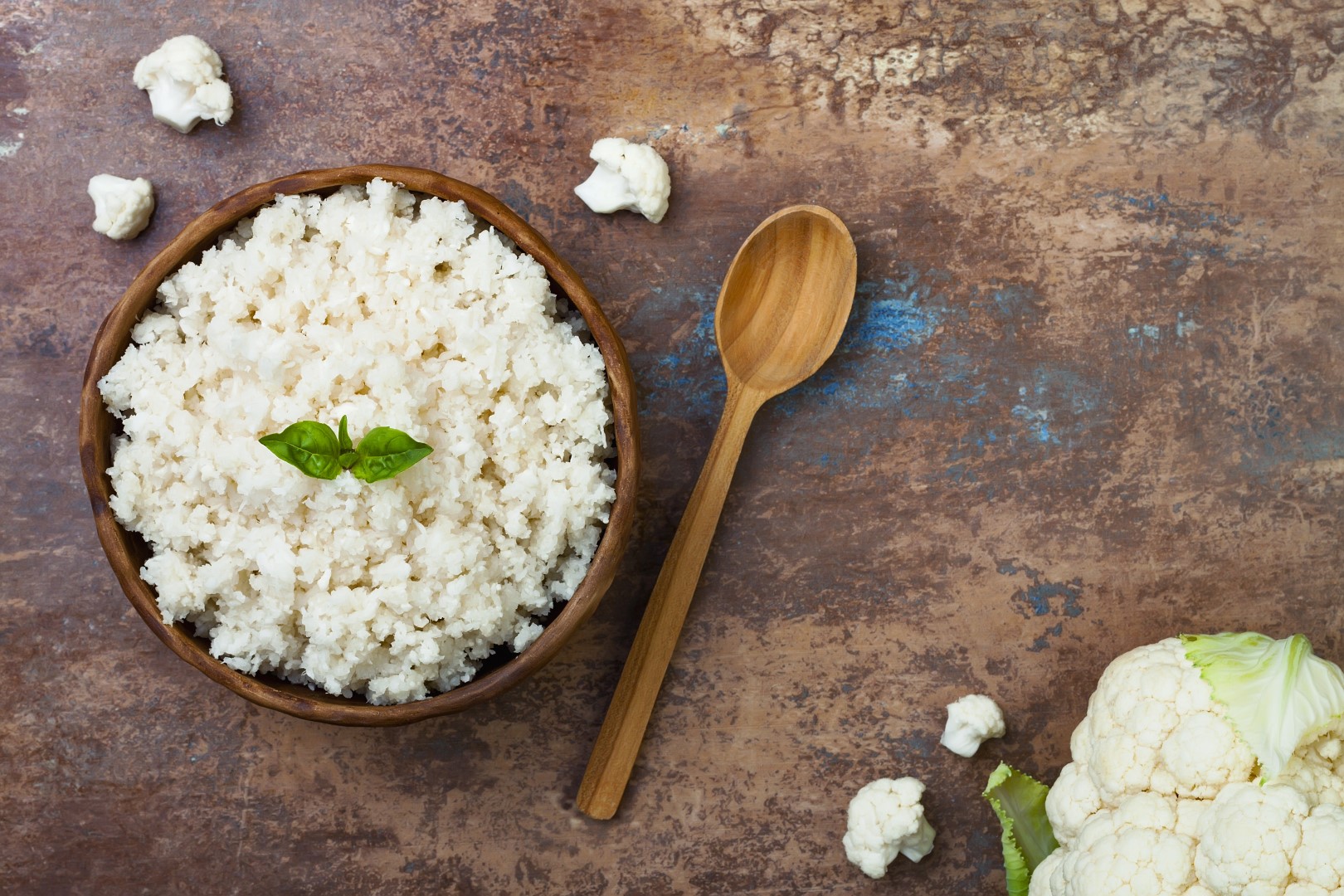Totally made up stuff, not serious article…
We have been on the path to health for some time now. You have conquered many demons and reached for personal and physical health and development at every opportunity, as have I. You welcome the challenges of life and do not like to numb yourself with empty calories or mindless entertainment. You have the courage to see yourself and how powerful, gorgeous and beautifully flawed you are and work through whatever stands between you and optimal health whether it is a food or a mindset… My point is you work on yourself and food is just one of the ways that you do. And then someone accuses you of having unhealthy eating habits or even an eating disorder because you are not ascribing to the “everything in moderation” theory or because you are not following a mainstream plan.
This is probably not the best time to get into an ethical or culinary debate with family or friends. Try to remember that the greatest of visionaries were ridiculed before their ideas were eventually adopted. Washing hands before surgeries and the earth being spherical come to mind… Please consider you may have “seen the light” and freed yourself from the following three totally mainstream (and TOTALLY made up) eating disorders but the rest of the world, has not YET. A little inside joking for us to lighten the load, please do not take seriously.
Warning: do not read this article unless you consider yourself radical and way outside of the mainstream in diet and lifestyle.
Totally made up eating disorder #1:
 Escanonymous Nervosa: This disorder is characterized by the eater having absolutely no desire to know where their food comes from. The eater may believe that food comes from factories or stores or more likely is not aware of a thought of the origin of their food. Commonly the eater chooses food out of convenience and often eats while engaging in other activities such as walking, driving, working or playing games. They may think “it’s only food”.
Escanonymous Nervosa: This disorder is characterized by the eater having absolutely no desire to know where their food comes from. The eater may believe that food comes from factories or stores or more likely is not aware of a thought of the origin of their food. Commonly the eater chooses food out of convenience and often eats while engaging in other activities such as walking, driving, working or playing games. They may think “it’s only food”.
Escanonymous Nervosa does not refer to the billions of people living in conditions that prevent them from having access to clean food, water and education and prevent them from being able to make ANY choices, let alone healthy ones.
The eater suffering from Escanonymous Nervosa may or may not be aware that there are chemicals in food which can affect their endocrine, immune, nervous and digestive systems. The eater may also not be aware of the human body’s basic nutritional needs and will often have no interest in meeting their own basic needs. This eater sees no relation between food, our most prevalent environmental exposure and immune trigger, and their health. This eater is at risk for deficiencies, allergies, obesity and other “first world diseases” and seeks reduction in symptoms at the doctor’s office. This type of eater does not like to sit in the drivers’ seat of their health but would rather be in the back seat eating a pizza. The greatest challenges for those suffering from Escanonymous Nervosa are acceptance of the implications of food having an effect on health and acceptance of the often gruesome truth about many foods’ origins.
Totally made up eating disorder #2:
Cruciomorsus: This disorder is characterized by the eater continuing to habitually consume foods that they are aware make them feel sick. Many people will admit to having symptoms after eating at least one food. What distinguishes this eater is their unwillingness to remove the offending food, whatever it may be for them, regardless of experiencing overt symptoms. This does not refer to the billions of individuals who do not have access to alternatives, living in subsistence and servitude.
Cruciomorsus refers, for example, to the person who knows that when they drink beer or eat cake they get a splitting headache but does not find that to be a good enough reason to stop. Underlying this condition is often a deep sadness and lack of self esteem or self efficacy where the sufferer does not believe that they either can nor deserve to improve their situation by making a different choice. Persons suffering from Cruciomorsus are at risk of triggering more chronic digestive or immune conditions as they are already experiencing symptoms. Their greatest challenge is in recognizing their worth and having the courage to choose something for themselves that they perceive to be outside of mainstream acceptance, perhaps inconveniencing others in the process.

Totally made up eating disorder #3:
Nutriomammalia Nervosa: This disorder is characterized by the eater being addicted to drinking the hormonal secretions of other mammals. Some examples of this are humans drinking the breast milk of sheep or cows. This does not refer to individuals whose most efficient way of extracting nutrients from a barren landscape is the culturing of yak milk, for example. Nutriomammalia Nervosa refers to individuals who have been weaned off of the breast milk of their own mother, live in the western world and have many choices available for nutrient consumption. The person suffering from Nutriomammalia Nervosa may be under the mistaken impression that they “need” to drink the milk of other mammals to survive and most likely does not realize the ludicrousity of this situation. Unfortunately many people who suffer from Nutriomammalia Nervosa are the victims of food addiction and insidious marketing. They may even believe brown cows make chocolate milk. Like any addict or accused they will defend their position vehemently until they recognize the problem and then may require much support to recover from this lifelong habit.
Please keep in mind that these are totally invented eating disorders designed to point out that normalcy is in the eye of the beholder.
If you or someone you know is suffering from any type of actual eating disorder I implore you to secure help as soon as you can and if you have any comments as usual please post them below. This means anything where food or the focus on food or the lack thereof is detracting from your quality of life rather than adding to it. You are a champion for your health and a better world. Don’t let anyone tell you different.
Read more

 Escanonymous Nervosa:
Escanonymous Nervosa:






